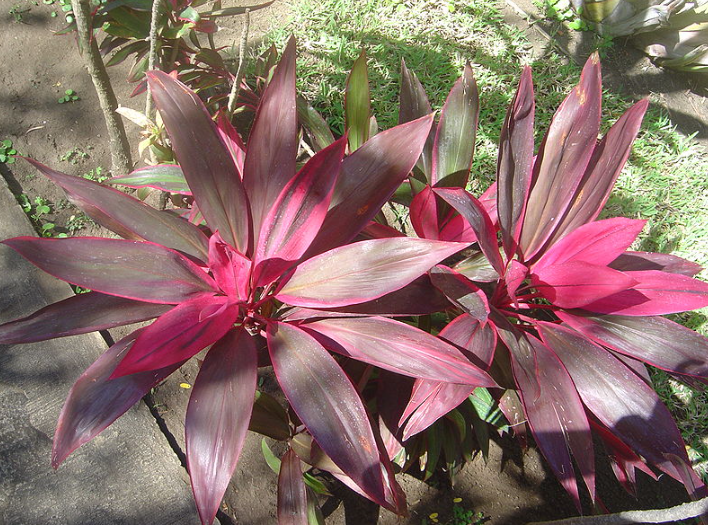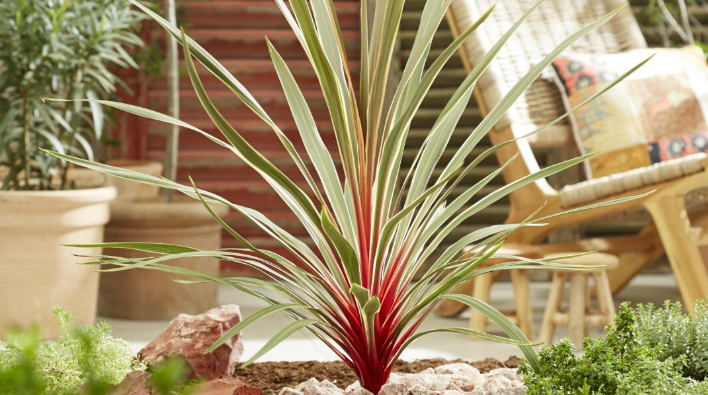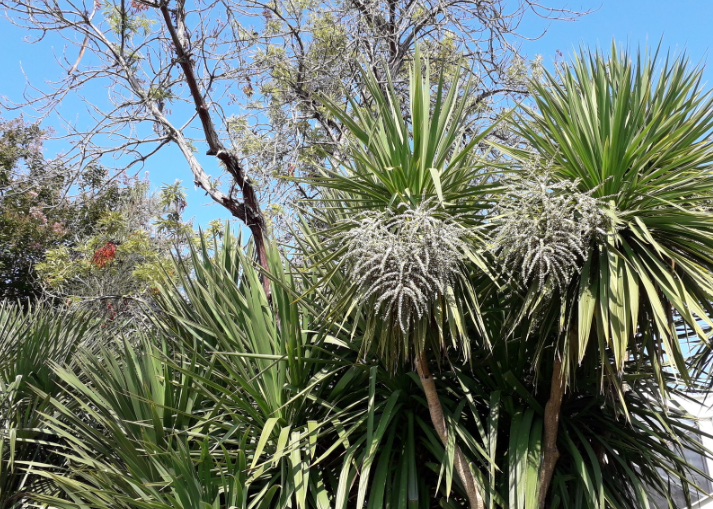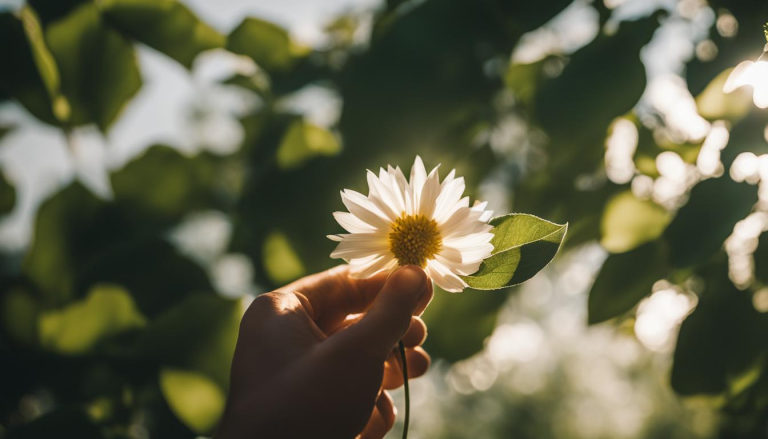How to Revive a Dying Cordyline? [Steps to Help Them in Recovering]
Introduction
Cordyline, often known as the “Hawaiian Ti Plant,” is a favorite among indoor and outdoor gardeners. Its vibrant foliage and ease of care make it a popular choice. However, sometimes things can go wrong, and your cordyline might look like it’s on the brink of death. Fear not! This guide will take you through the essential steps on how to revive a dying cordyline?
Why is My Cordyline Plant Dying? A Quick Diagnosis

Dying Cordyline Leaves: A common symptom, often due to overwatering or underwatering.
Cordyline Wilting: Caused by poor soil or insufficient sunlight.
Cordyline Root Rot: Overwatering can lead to this damaging condition.
Cordyline Yellow Leaves: A potential sign of a nutrient deficiency.
How to Save a Wilting Cordyline? The Revival Process Begins
1. Cordyline Watering Tips
How Often Should I Water a Dying Cordyline?
A well-balanced watering schedule is vital. Too much water leads to root rot, while too little can cause wilting. Check the soil’s moisture and water accordingly. If overwatered, let the soil dry a bit before the next watering.
2. Cordyline Soil Maintenance
Well-draining soil prevents root rot. Add sand or perlite if necessary.
3. Cordyline Sun Exposure
Ensure your cordyline has the right amount of sunlight. If indoors, provide bright but indirect light.
4. Cordyline Fertilization
Best Fertilizer for Reviving Cordyline Plants
Use a balanced liquid fertilizer every 6-8 weeks during growing season.
5. Cordyline Pruning
How to Prune a Dying Cordyline for Recovery?
Remove damaged or diseased leaves and stems. Pruning helps in reviving the growth of the plant.
6. Cordyline Transplanting
Should I Repot My Dying Cordyline, and When?
If the soil is contaminated or if the plant is root-bound, repotting can breathe new life into your cordyline.
7. Cordyline Pests and Disease Treatment
Common Pests Affecting Cordyline and Treatments
Check for insects and apply appropriate insecticides.
How to Diagnose Diseases in a Struggling Cordyline?
Monitor for any fungal diseases and use fungicides if necessary.
8. Cordyline Indoor Gardening Tips
Proper indoor care includes maintaining humidity and avoiding extreme temperature fluctuations.
Cordyline Growth Tips: Taking Your Revived Plant to the Next Level

After successfully reviving your cordyline, the next step is to ensure that it continues to grow and thrive. Here are some essential growth tips:
1. Cordyline Repotting
When and How to Repot?
Repotting can stimulate growth, especially if your cordyline has become root-bound. The best time is in the spring, using a pot just slightly larger than the current one. Ensure the new soil is well-draining and enriched with organic matter.
2. Cordyline Transplanting for Outdoor Enthusiasts
Reviving Outdoor Cordyline Plants After Winter
If you have a cordyline planted outdoors, it may need some extra attention after winter. Provide a good layer of mulch to protect the roots, and gradually reintroduce it to sunlight in the spring.
3. Cordyline Propagation: A Fresh Start
How to Propagate Cordyline for Revival Purposes?
Propagating cordyline can be done through stem cuttings, air layering, or division. Each method can lead to healthy new plants, extending the life of your garden.
4. Cordyline Sun and Light Requirements
Can Cordyline Survive Low Light Conditions?
Cordylines do best in bright but indirect light. If indoors, a north-facing window might be ideal. However, they can tolerate low light for short periods.
5. Cordyline Disease Control: Prevention and Cure
Signs of Cordyline Root Rot and Solutions
Monitor for mushy, discolored roots, a sign of root rot. If spotted, trim the affected roots and treat with a fungicide. Prevention includes proper watering and well-draining soil.
Cordyline Yellow Leaves and Their Causes
Yellowing leaves can be due to various factors, including overwatering, nutrient deficiencies, or pests. Diagnose the specific issue and address it accordingly.
6. Cordyline Watering Guide: Achieving the Perfect Balance
Can I Revive an Overwatered Cordyline?
Yes, cut back on watering and allow the soil to dry. Consider repotting in fresh, well-draining soil if necessary.
7. Cordyline Pruning: Keeping Your Plant in Shape
How to Prune a Dying Cordyline for Recovery?
Regularly remove dead or damaged leaves and stems. This promotes new growth and keeps the plant healthy.
8. Cordyline and Pest Management
Common Pests Affecting Cordyline and Treatments
Monitor for pests such as spider mites and scale. Use insecticidal soap or neem oil as an organic solution.
Advanced Techniques for Thriving Cordyline: From Recovery to Radiance

Once your Cordyline has successfully recovered from its previous condition, you may want to explore advanced techniques to not only maintain its health but to make it thrive. Let’s delve into further aspects of Cordyline care that can turn your plant into a true showstopper.
1. Cordyline Soil Care: Going Beyond Basics
Cordyline Soil Maintenance for Growth Boost
Optimizing soil conditions can be a game-changer. Regularly testing the soil’s pH, ideally aiming for a slightly acidic level between 6.0-6.5, ensures that nutrients are available to the plant.
2. Climate Adaptation: Outdoor and Indoor Harmony
Cordyline Outdoor Planting Tips
Outdoor Cordylines can adapt to different climates but protect them from harsh winds and frost. In cold areas, consider using protective covers during winter.
Cordyline Indoor Gardening: Temperature and Humidity Balance
Maintain indoor temperatures around 60-75°F and keep humidity levels between 40-50%. Humidity trays or room humidifiers can assist in creating the ideal environment.
3. The Art of Cordyline Fertilization
Mastering the Nutrient Balance
A slow-release granular fertilizer with balanced nutrients can work wonders during the growing season. Remember, over-fertilization can harm, so follow the product instructions carefully.
4. Smart Watering Practices: Precision and Care
Watering Systems for Cordyline Care
Investing in a drip irrigation system or self-watering pots ensures consistent moisture without overwatering, taking your care routine to the next level.
5. Understanding Cordyline’s Growth Cycle
Cordyline Growth Tips for Seasonal Changes
Understanding your Cordyline’s natural growth cycle helps in timing pruning, fertilizing, and repotting for optimum results.
6. The Science of Cordyline Propagation
Steps to Propagate Cordyline Effectively
Experimenting with different propagation techniques, such as seed germination, division, or stem cuttings in various mediums, adds excitement to your gardening experience.
7. Solutions to Special Cordyline Problems
Saving a Neglected Cordyline: Intensive Care Regime
Sometimes, a severely neglected Cordyline requires an intensive care regimen, including complete soil replacement, systematic pruning, targeted pest control, and a tailored watering and fertilizing plan.
8. Creativity with Cordyline: Landscape and Design
Cordyline in Garden Design
Incorporating Cordyline into garden design or creating attractive indoor arrangements adds visual appeal and personal satisfaction.
9. Joining a Cordyline Community: Learning and Sharing
Connecting with Cordyline Enthusiasts
Engaging with online forums, local gardening clubs, or social media groups dedicated to Cordylines fosters learning and sharing experiences with fellow enthusiasts.
Frequently Asked Questions About How to Revive a Dying Cordyline
Can I Revive My Cordyline with Yellow Leaves?
Yes, by identifying the underlying issue, such as overwatering or nutrient deficiency, you can correct it and revive the plant.
Is It Possible to Bring Back a Dying Cordyline?
Absolutely! With proper care and attention, a dying cordyline can be brought back to life.
How to Propagate Cordyline for Revival Purposes?
Cut healthy stems and root them in water or moist soil. Once rooted, transplant them.
Also Read: Casual Wear Chiffon Gown Styles for Ladies
Conclusion: Your Thriving Cordyline, A Rewarding Journey
Your journey with Cordyline doesn’t have to end with mere survival. By embracing these advanced techniques and continuous learning, you can create a Cordyline that not only thrives but radiates beauty and vitality. The sense of achievement in nurturing a plant from near-death to blossoming health is unparalleled.
Reach out to experts, experiment with advanced techniques, and connect with a community of like-minded gardeners to make the most of your Cordyline experience. Remember, every plant has the potential to be a masterpiece with the right care.
In closing, we trust that this article has not only addressed your queries regarding “How to Revive a Dying Cordyline?” but has also sparked a deeper curiosity, encouraging you to delve further into this fascinating subject.



![How to Cancel Just Eat Order? [Get Your Money Back Instantly]](https://webenterpreneurs.com/wp-content/uploads/2023/08/How-to-Cancel-Just-Eat-Order-768x432.png)

![Why are People Buried Without Shoes? [Fact Check]](https://webenterpreneurs.com/wp-content/uploads/2023/07/Why-are-People-Buried-Without-Shoes--768x432.png)
